Turning pet behavior from problematic to pleasing
Owning a pet that is bossy and unruly is not any fun for family members or visitors.
Out of control dogs make for a very unhappy household, not to mention a confused puppy dog.
One of the most important things every dog needs to understand is the pecking order in the home family pack.
Understanding their proper place helps your dog know what role they have been assigned to play.
Roles are very important to dogs because they create stability and confidence as well as a way to be rewarded for their contributions to their loved ones.
While teaching your dog tricks can be an enjoyable way to bond, teaching them bad habits, even if done unconsciously or unintentionally, will take away from the fun and suck the joy out of your relationship.
Here are three things dog owners should be aware of when it comes to teaching your dog good pet behavior.
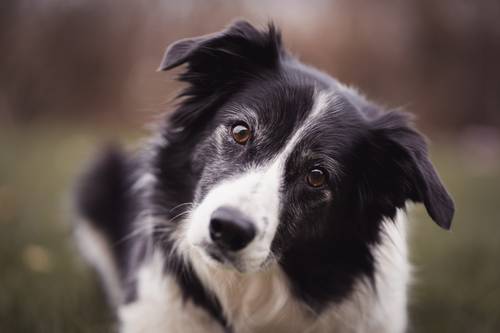
1. Who’s The Boss
You likely have friends who have dogs that seem to run amok in the household.
The dogs do what they want, when they want, tend to be very obnoxious and they pay very little mind to the requests of their owners.
This is usually the result of teaching the dog to believe that it is the boss of you.
Distinguishing hierarchy is an important part of enjoying a well behaved dog
Dogs crave structure, purpose and feedback for a job well-done.
This means they need to learn from day one that their Number 1 job is to please their person.
They should know that YOU are at the top of their family pack hierarchy.
You are the leader, the rule maker, the source of good things.
They are your partner, and you want them to do what you’ve asked of them to the best of their ability.
Want three more simple ways to help your dog understand their place in the home?
- First: always walk through a door first. The one that controls access points to an area controls the space. Your job is to lead them by giving them directions and guidance.
- Second: another easy way to display good leadership is to always eat before your dog eats. In a wild pack, the lead dog always eats first. This makes perfect sense to doggies.
- Third: when you do feed your dog or offer them treats or toys, teach them to wait and have them do something to earn it first.
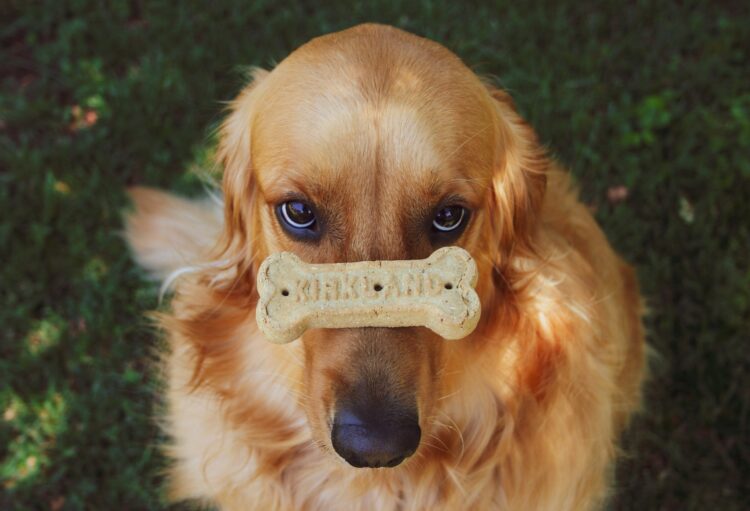
2. Who Leads Who When Out for a Walk
There is nothing quite as startling as a fast paced dog headed in your direction dragging its owner from behind.
I’m sure you’ve seen them, dogs that are literally hauling their owners.
To a certain degree, this goes back to the hierarchy structure in the home, but also involves basic good pet manners.
Walking your dog should be enjoyable and safe for both the dog and the owner.
When your dog is on its lead, the dog should be walking in a calm, controlled manner at your side.
They are your Escort.
They are not your Drill Master taking you on a 10 mile hike, nor are they your Sled Dog pulling you down the street.
Teaching a dog to walk calmly without pulling is not as difficult as you may think.
When they pull on the lead, correct them by simply stopping and say firmly “no!”
You can also stand on the leash easily and calmly anchoring them in place until they calm down.
Each time your dog walks properly, praise them well. If all else fails, check out some no choke dog harnesses.
Whether you have a puppy or an adult dog, they will quickly learn what you expect of them.
3. Who’s Okay to Chase
Sometimes it’s cute and even outright funny pet behavior to watch a dog chase another animal, but only if it is in good play behavior.
Some dogs are born and bred to chase, hunt or herd.
Others simply love the fun of the chase, which can prove most inconvenient for any dog parent.
Chasing another pet around the home may be in good fun, but if Fido is filled with large ambitions and heads out after a large animal who doesn’t appreciate the game, there could be serious consequences.
Going after wildlife can lead to serious injuries or get them killed.
It is easier to train natural traits when dogs are young.
If you have trouble controlling your dog at any age, it is important you take the proper steps to simply condition them to not chase.
Investing in a solid harness is a very smart idea.
A regular dog collar can choke your dog, misalign their neck and collapse their trachea, and does nothing to teach them not to chase.
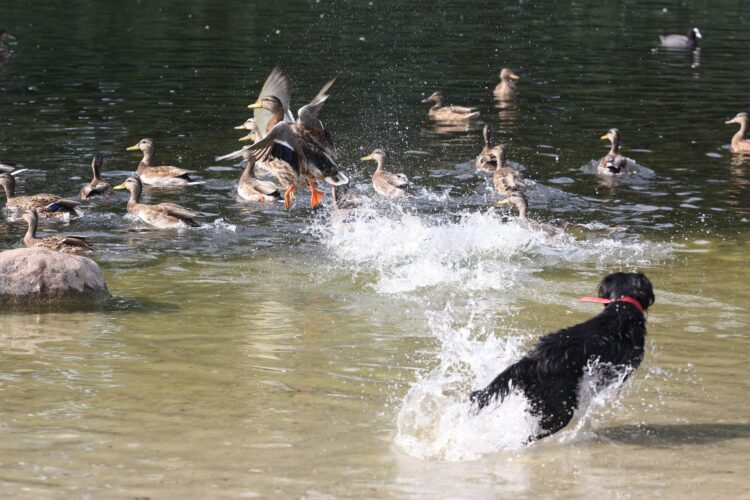
Other good approaches are to have them on a lead at all times.
If he tries to pursue an animal, distract him by calling his name and offering a treat of food or his favorite toy, then walk him away from the animal.
As you condition your dog to follow your guidance, test his obedience with a longer lead, preferably an extendable lead that can be quickly pulled in if necessary.
The more your dog listens to you and behaves, the longer his lead can become.
You can then offer him more and more freedom as the trust and good communication between you develops.
The better your dog behaves, the happier he’ll be and the happier you will be too.
For more dog training advice, check out Dog Training for the 21st Century
Author: Val Heart is a leading animal communication expert, speaker, bestselling author & master healer. Val is often called The Real Life Dr Doolittle™ and Animal Communicator to the Stars. She is the Founder of The Heart School of Animal Communication® and the BEST Online Animal Talk Coaching & Mastery Club. She also created the The H.E.A.R.T. System™ for solving behavior, training and health problems with pets.
Did you know you can learn how to talk to animals yourself? Start with your free Hidden Secrets to Communicating with Animals ebook:
Download my FREE Ebook Hidden Secrets to Communicating with Animals – just click on the picture below!
FREE Online Dog Training Workshop!
I cam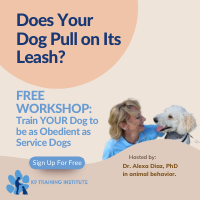 e across this fantastic (and free) online workshop on training your dog to become as well-behaved as a service dog. I loved the workshop so much that I wanted to share it with you immediately.
e across this fantastic (and free) online workshop on training your dog to become as well-behaved as a service dog. I loved the workshop so much that I wanted to share it with you immediately.
Sign up for their free dog training workshop >> HERE!
The workshop is designed to help “normal” dogs have the same level of calmness, obedience and impulse control as service dogs.
It’s being conducted by Dr. Alexa Diaz (one of the top service dog trainers in the U.S.) and Eric Presnall (host of the hit Animal Planet TV show “Who Let the Dogs Out”).
Frankly, the techniques described in the workshop are fairly groundbreaking – I haven’t seen anyone else talk of these techniques.
This is because it’s the first time ever (at least that I know of) that anyone has revealed the techniques used by the service dog training industry to train service dogs.
And more importantly, how any “regular” dog owner can apply the same techniques to train their own dogs to become as well-trained as service dogs.
It’s not a live workshop – rather, it’s a pre-recorded workshop, which means that you can watch it at your convenience.
However, while the workshop is free, I am not sure whether it’s going to be online for too long, so please check it out as soon as you can.
Here’s the link again to sign up to the free Dog Training Workshop << HERE >>
Much love to you and your special puppy and doggo pal(s),
Val “Dog Lover” Heart
Note: Occasionally I will mention something very cool that I believe in other than my own stuff where I might receive some compensation for taking the time and trouble to tell you about it. Please know that I always research the product, event or company first and will only recommend it if I think it is truly worthwhile. I am personally involved in improving health care for people and dogs, so I know this stuff works and will help you with your pup.
This article was previously published February 8, 2014, and was updated on November 3, 2022
Did you enjoy this article about pet behavior? Here is some more you might like:
Speaking to Animals Changed My Life: The Day a Horse Spoke to Me
5 Responsibilities For a Professional Animal Communicator
How Visualizing Can Improve Animal Communication



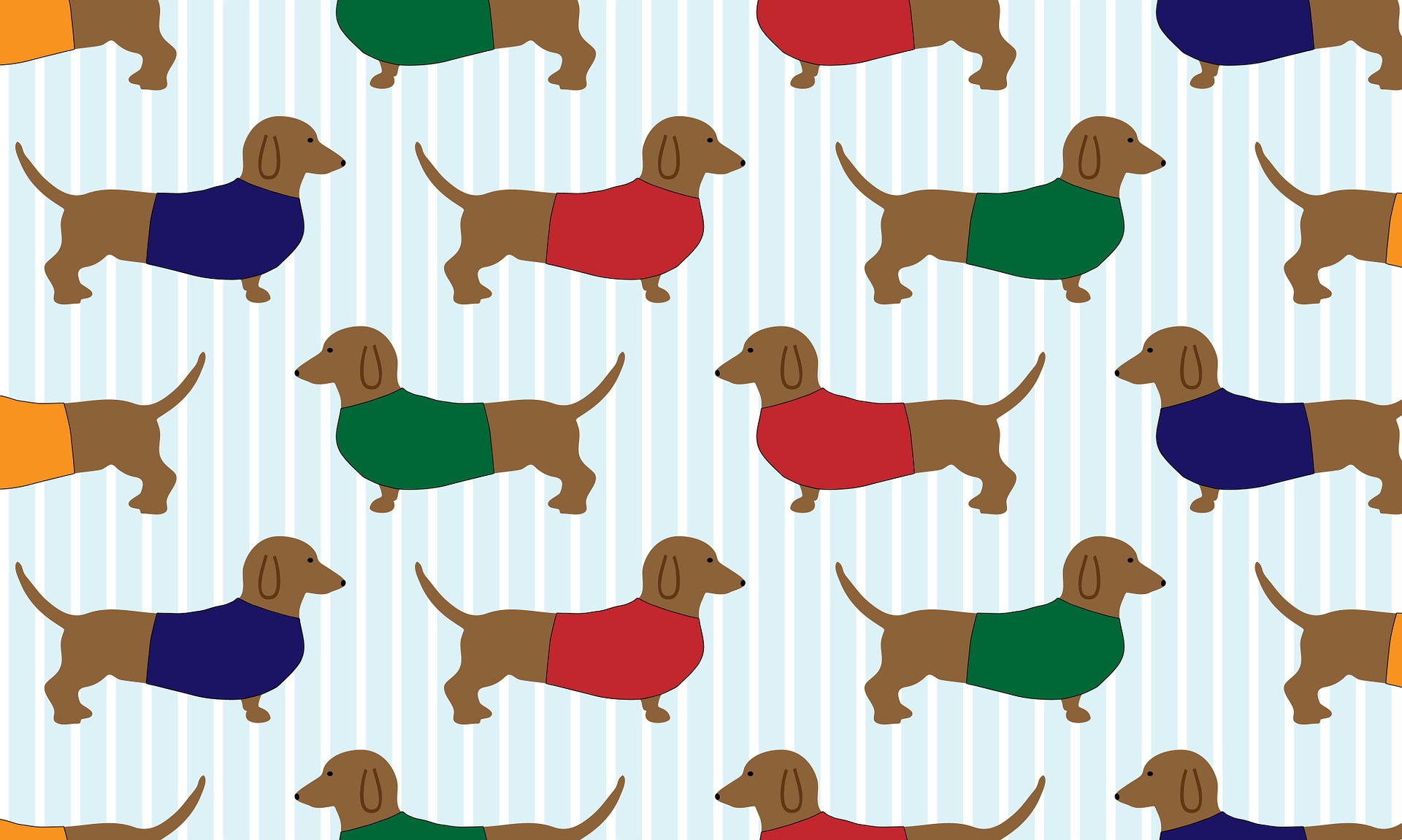
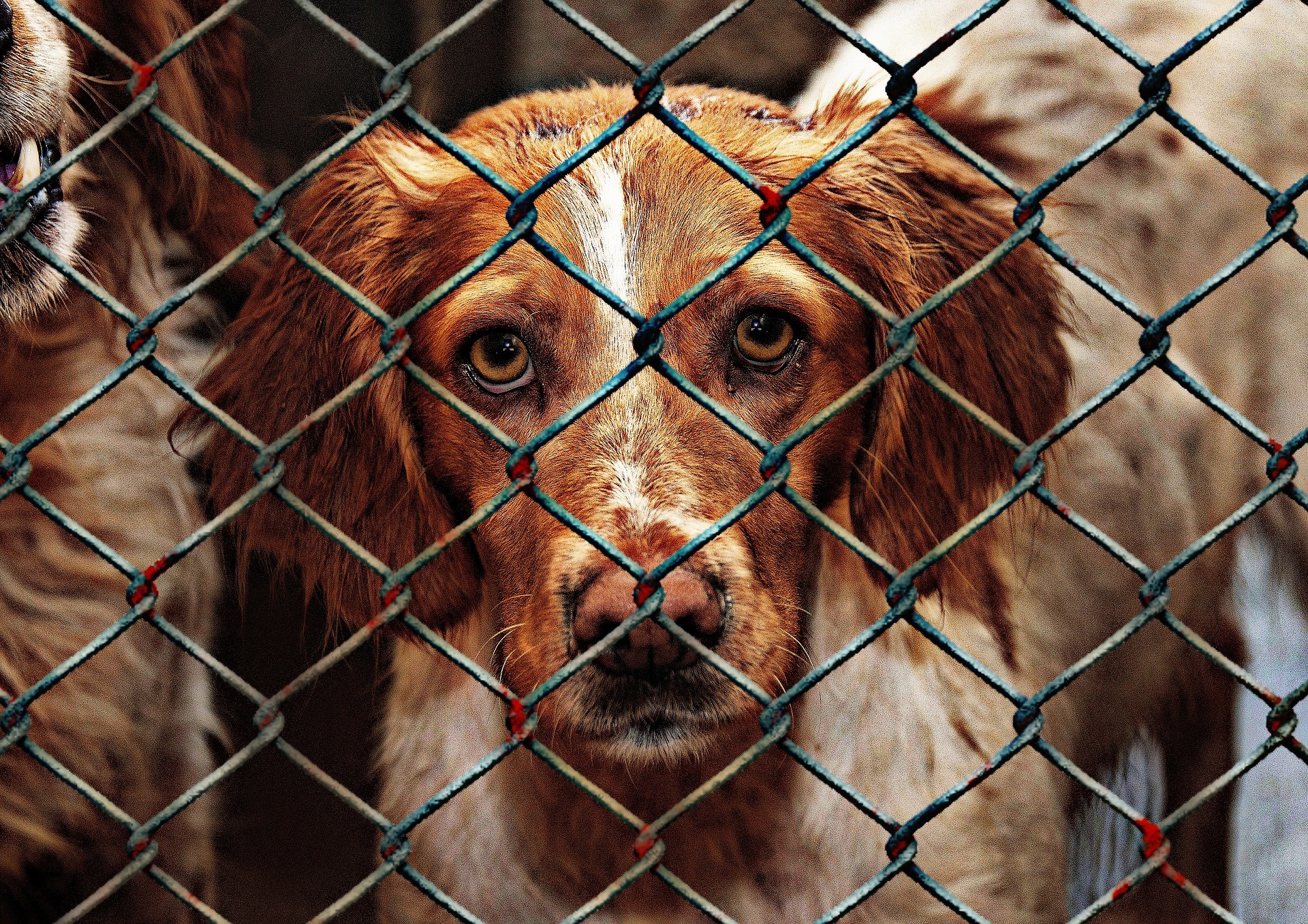

Leave a Reply